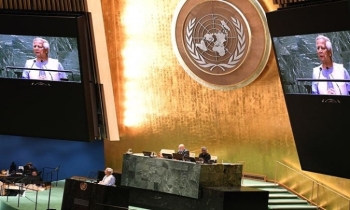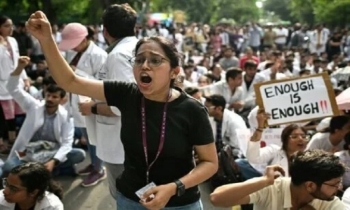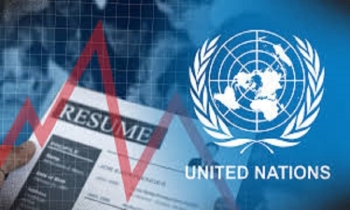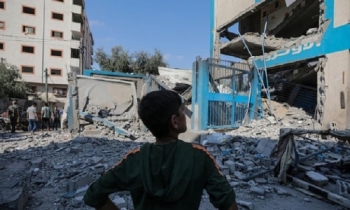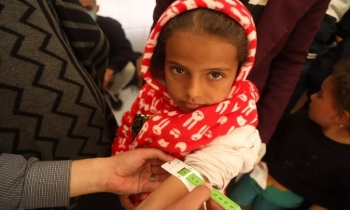Indigenous children at high risk of being in child labour
BI Report || BusinessInsider
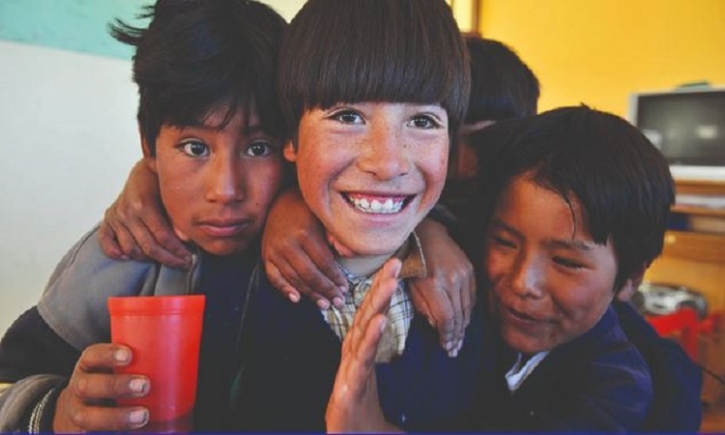
Photo: Collected
A new analysis by the International Labour Organization (ILO) reveals that children from indigenous communities face a significant risk of child labour and often don’t have access to education.
According to the findings, indigenous children face educational disadvantages, making them more vulnerable to child labour. In the studied countries, indigenous children have lower school attendance rates compared to others, especially indigenous girls.
The “Issue paper on child labour and education exclusion among indigenous children ” shows that indigenous children are greatly overrepresented in hazardous jobs. Most of them work in agriculture, but are also found in construction, commerce, manufacturing, and domestic work.
The analysis underlines significant regional differences. In Peru, child labour among indigenous children is almost three times higher than the average, while in Ecuador, indigenous children are about 11.6 times more likely to be involved in hazardous work compared to the national average for all children.
Child labour among indigenous children is a direct result of the social, economic, and cultural marginalization that indigenous communities experience, says the paper. These communities are three times more likely to live in extreme poverty.
They frequently experience land dispossession, bear the brunt of climate change and conflict, have limited access to essential services, and encounter obstacles in maintaining their traditional ways of life.
This can force indigenous children to work to help their families, becoming a vital part of their survival. It can also lead to other consequences, such as the exploitation of indigenous girls by traffickers who take advantage of the breakdown of family and community ties.
Overcoming child labour and educational exclusion requires responses that also include promoting and protecting the rights of indigenous peoples more broadly, the analysis stresses.
This includes stepping up efforts to establish mechanisms for participation of indigenous peoples in decision making, policy and programme design and implementation, access to culturally appropriate quality education, access to social protection, and protection of indigenous peoples’ rights to land.
The issue paper builds on earlier ILO research and policy guidance. Prepared with funding from United States Department of Labour, it analyzed data from reports from around the world, focus groups discussions conducted with organizations of indigenous peoples (in Cambodia, Kenya, the Russian Federation, Nepal and Tanzania) and national quantitative data from six Latin American countries (Bolivia, Brazil, Ecuador, Guatemala, Panama and Peru).
The paper was launched on September 25 at the ILO headquarters.
The event was attended by the UN Special Rapporteur on the Rights of Indigenous Peoples, Francisco Cali Tzay, and the Executive Director of the International Indigenous Women's Forum, Teresa Zapeta.

